Enhanced Patient Support Networks
The establishment of enhanced patient support networks is becoming increasingly relevant in the aicardi syndrome market. These networks provide essential resources and information for families affected by the disorder, facilitating access to medical care and support services. In China, organizations dedicated to rare diseases are emerging, offering guidance and fostering community among affected families. This support is crucial for navigating the complexities of aicardi syndrome, as it often requires multidisciplinary care. The presence of these networks may lead to improved patient outcomes and increased awareness, which could drive demand for specialized treatments and services within the aicardi syndrome market. As families become more informed and connected, the overall landscape of care for aicardi syndrome is likely to evolve positively.
Government Initiatives and Funding
Government initiatives aimed at improving healthcare access and funding for rare diseases are expected to play a crucial role in the aicardi syndrome market in China. The Chinese government has been increasingly allocating resources to support research and treatment for rare diseases, which includes aicardi syndrome. This funding can facilitate the development of new therapies and improve diagnostic capabilities, thereby enhancing patient outcomes. Additionally, public health campaigns aimed at raising awareness about rare genetic disorders may lead to earlier diagnosis and intervention, which is essential for managing aicardi syndrome effectively. The potential for increased government support could stimulate growth in the aicardi syndrome market, as it encourages pharmaceutical companies to invest in innovative treatments and solutions tailored to the needs of affected individuals.
Rising Incidence of Aicardi Syndrome
The aicardi syndrome market in China is likely influenced by the increasing incidence of this rare genetic disorder. Recent estimates suggest that the prevalence of aicardi syndrome may be around 1 in 10000 live births, which indicates a growing population of affected individuals. This rise in cases necessitates enhanced healthcare services and specialized treatments, thereby driving demand within the aicardi syndrome market. Furthermore, as awareness increases among healthcare professionals and parents, more cases are likely to be diagnosed, further contributing to market growth. The need for tailored therapies and interventions for affected children is becoming more pronounced, which could lead to increased investment in research and development within the aicardi syndrome market. This trend may also encourage collaborations between pharmaceutical companies and healthcare providers to address the unique challenges posed by this condition.
Advancements in Diagnostic Technologies
The aicardi syndrome market is likely to benefit from advancements in diagnostic technologies that enhance the identification of this condition. Innovations such as next-generation sequencing and improved imaging techniques are making it easier for healthcare providers to diagnose aicardi syndrome at an earlier stage. Early diagnosis is critical for effective management and treatment, which may lead to better health outcomes for affected children. As diagnostic capabilities improve, it is anticipated that more cases will be identified, thereby increasing the demand for specialized treatments and support services within the aicardi syndrome market. This trend may also encourage healthcare providers to adopt more comprehensive screening protocols, further driving market growth as awareness of the condition expands among medical professionals.
Growing Research and Development Activities
The aicardi syndrome market is experiencing a surge in research and development activities focused on understanding the underlying mechanisms of the disorder. Increased investment from both public and private sectors in China is fostering innovation in treatment options. Research initiatives are exploring potential therapies, including gene therapy and targeted treatments, which could significantly alter the management landscape for aicardi syndrome. The potential for breakthroughs in treatment could lead to a more robust market, as new therapies become available to address the specific needs of patients. Furthermore, collaborations between academic institutions and pharmaceutical companies are likely to enhance the pace of discovery, thereby contributing to the overall growth of the aicardi syndrome market.


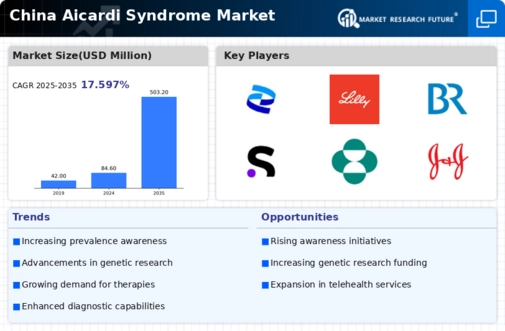
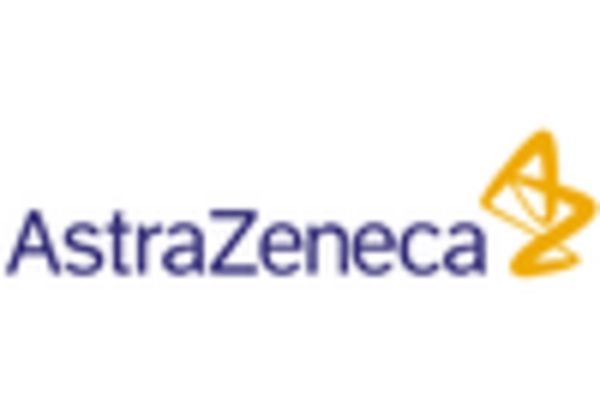
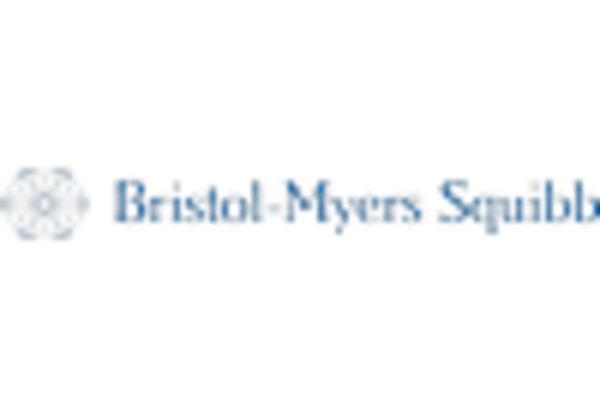
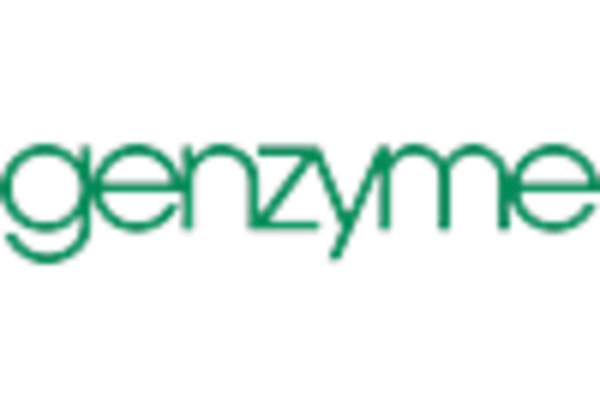
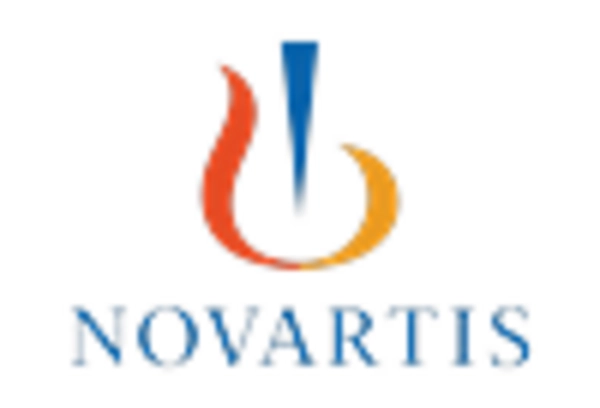
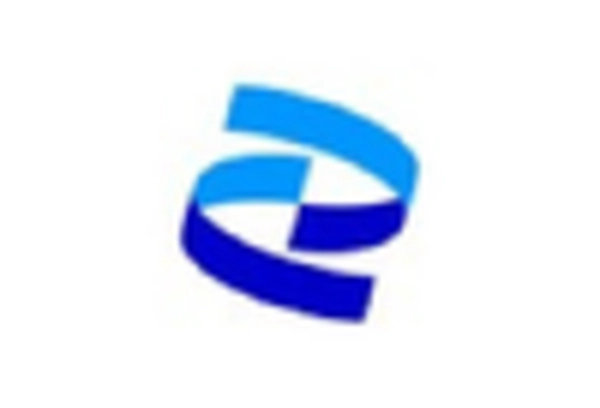
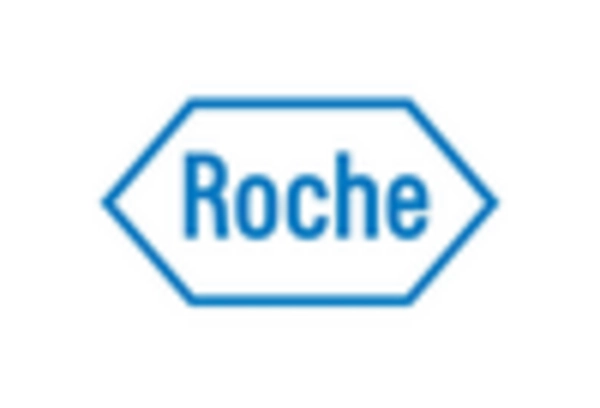








Leave a Comment